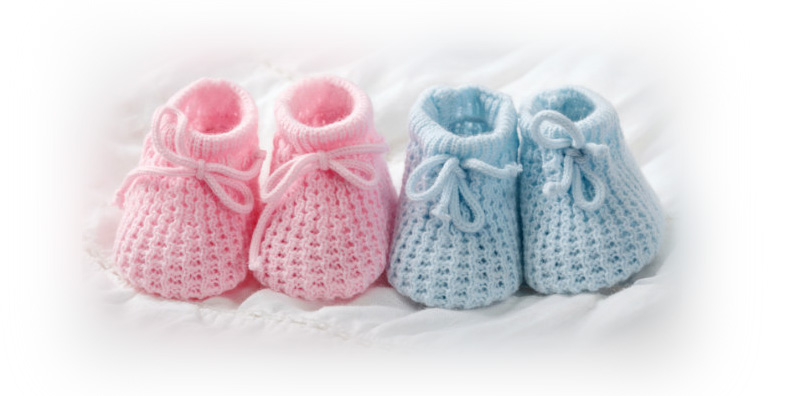
15:09 27th March 2017 | Sex Discernment
PGD PGS Muscular Dystrophy IVF X-linked Genenetic Condition
Being able to balance the number of boys and girls in a family is something many parents dream of doing.
Anyone who has ever had a string of rough and tumble boys, longing for a little princess to dress up and spoil, would surely understand. And so would those whose beautiful bevy of daughters could do with a feisty little brother to keep an eye over them.
One of the benefits of opting for preimplantation genetic diagnosis (PGD)/preimplantation genetic screening (PGS), as part of an IVF cycle, is the fact that it actually opens up the possibility of selecting the sex of your child before implantation and pregnancy takes place. Also, since it takes place prior to implantation, parents may feel more comfortable about making difficult decisions about their future family.
PGD is the most reliable form of sex discernment around, with an accuracy rate of between 97% and 99.9%.
Here are three things you need to know about PGD/PGS:
1. Purposes of Sex Discernment
There are various reasons why parents would opt to select the sex of their future child. Apart from the fact that it’s a reliable way to balance the number of boys and girls you will raise, it also has medical benefits.
If, for instance, you are at risk of passing on an x-linked genetic condition to your children, sex selection is the surest way of protecting your next generation. Examples of x-linked diseases include Duchenne muscular dystrophy that affects 1 in 3 600 boys and Turner syndrome that affects females exclusively.
2. Process
PGD/PGS gives the fertility specialists the opportunity to look far beyond the superficial appearance of an embryo by delving deeper into its genetic makeup.
It requires IVF to obtain a number of embryos for evaluation. Studies have shown that PGD cycles are most successful when implemented on 8 or more embryos, with at least 5 graded good quality by the embryology lab.
A few day 5 blastocyst cells will be removed for a biopsy. After analysis, healthy embryos can be transferred to the uterus or frozen for later use.
3.Where to Go for PGD
PGD is newly available at Bridge Clinic in Lagos, forming part of the Advanced Care range of treatments.
Those interested in finding out more about PGD can visit The Bridge Clinic’s website, send an
Email or call our national patient centre on 01 631 0092 to set up an appointment with one of our specialists who can advise you on the best way forward.
Search by condition, treatment or keyword and conveniently browse our informative articles
Book an appointment online or search for a clinic close to you.
Book an Appointment